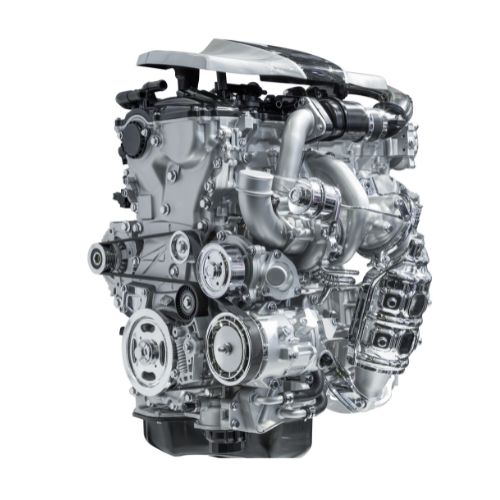BMW N20 Engine
Large Network Of Engine Suppliers
Compare Quotes
Save Money
Save Time
BMW N20 Engine For Sale
This engine, introduced in March 2011, is part of the BMW EfficientDynamics program, wanted by the Bavarian company and started a few years earlier in order to build engines and adopt other technical solutions in order to reduce consumption and polluting emissions, while safeguarding the performance of the cars. Among the directives of this program there is obviously also the so-called “downsizing” process, which means replacing the engines in use with others, newer and with a displacementmore contained, but with similar performance and designed to reduce fuel consumption and toxic emissions. This is the context of the birth of the N20 engine, a 2-liter four-cylinder engine supercharged by a twin-scroll turbocharger, that is, with a split duct turbine.
Best Engine Replacement Procedure
- Swap the engine’s oil, fuel and oil filters, and coolant.
- Install new engine and external coolers if existing.
- Cleanse the cooling system thoroughly, then replace the water pump.
- Renew necessary hoses and belts.
- Install a new timing belt, spark plugs, and wires.
- Replace essential gaskets and seals, focusing on the oil pan, front, and rear main seals.
- Clear the vehicle’s computer codes before engine installation.
- Ensure the replacement engine matches the original specifications.
- Transfer exhaust manifolds, mounts, distributor, and sensors from the old engine.
- Disable fuel and ignition before ignition to prime the oil.
- Ensure no plugs or tape remain on the engine before installation.
7 Common Mistakes to AVOID!
- Not resetting the vehicle’s computer codes before installation.
- Skipping the step of adding engine oil before the first startup.
- Forgetting to deactivate the fuel and ignition systems, essential for priming the oil.
- Ignoring the replacement of the oil cooler or the radiator’s integrated oil cooler.
- Overlooking the cleaning of the radiator and checking the operation of the cooling fans.
- Not swapping out the flywheel and its securing bolts.
- Trying to initiate the engine’s first run without proper priming.
